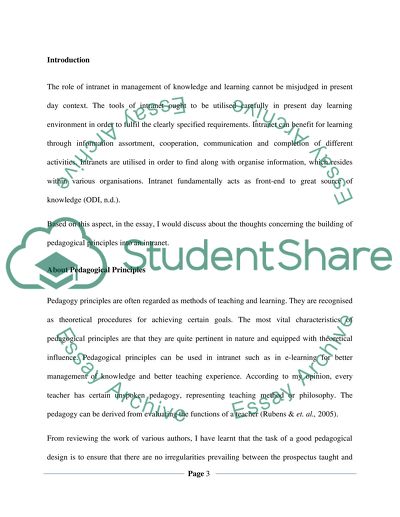Cite this document
(“IT & Entrepreneurship Essay Example | Topics and Well Written Essays - 1250 words”, n.d.)
IT & Entrepreneurship Essay Example | Topics and Well Written Essays - 1250 words. Retrieved from https://studentshare.org/information-technology/1496925-it-entrepreneurship
IT & Entrepreneurship Essay Example | Topics and Well Written Essays - 1250 words. Retrieved from https://studentshare.org/information-technology/1496925-it-entrepreneurship
(IT & Entrepreneurship Essay Example | Topics and Well Written Essays - 1250 Words)
IT & Entrepreneurship Essay Example | Topics and Well Written Essays - 1250 Words. https://studentshare.org/information-technology/1496925-it-entrepreneurship.
IT & Entrepreneurship Essay Example | Topics and Well Written Essays - 1250 Words. https://studentshare.org/information-technology/1496925-it-entrepreneurship.
“IT & Entrepreneurship Essay Example | Topics and Well Written Essays - 1250 Words”, n.d. https://studentshare.org/information-technology/1496925-it-entrepreneurship.


